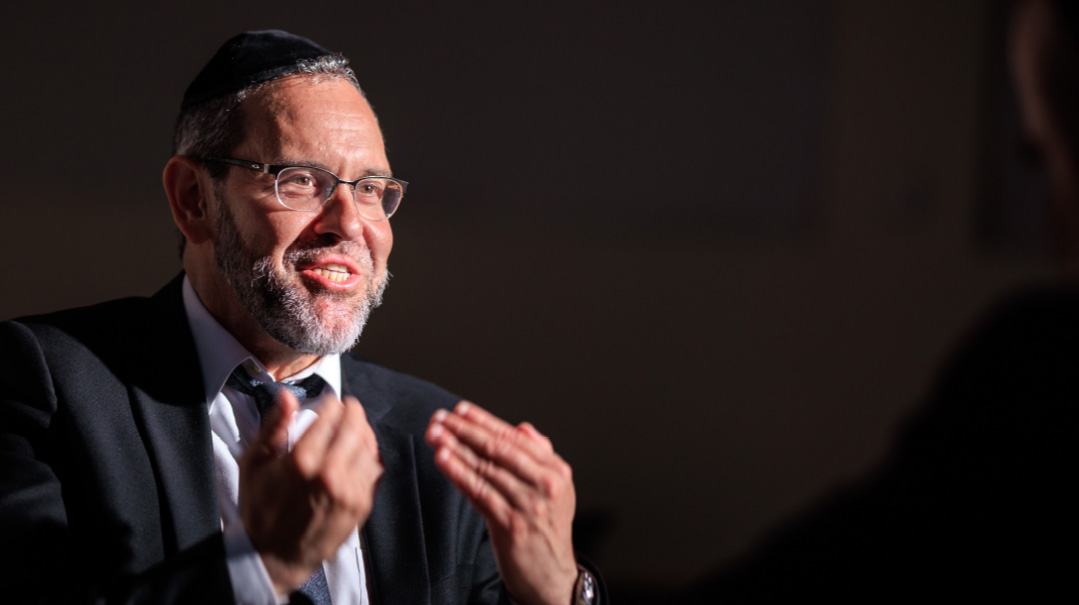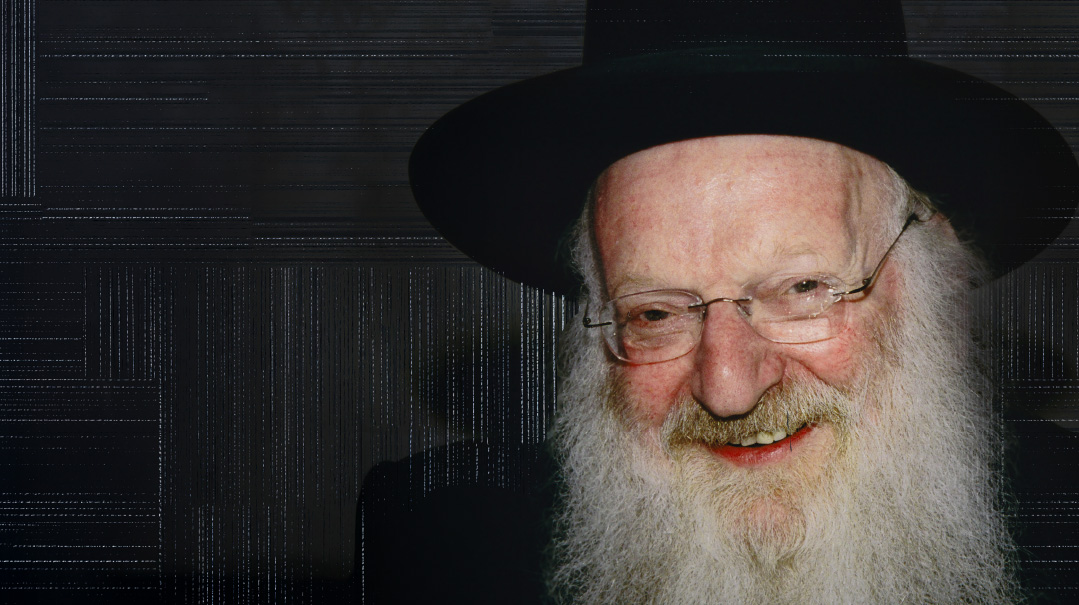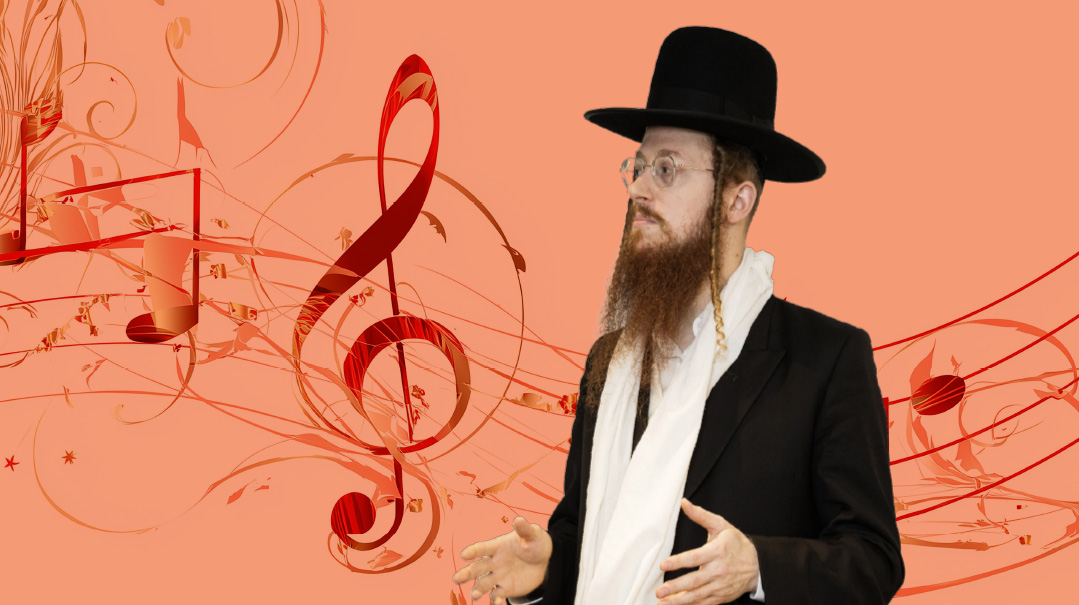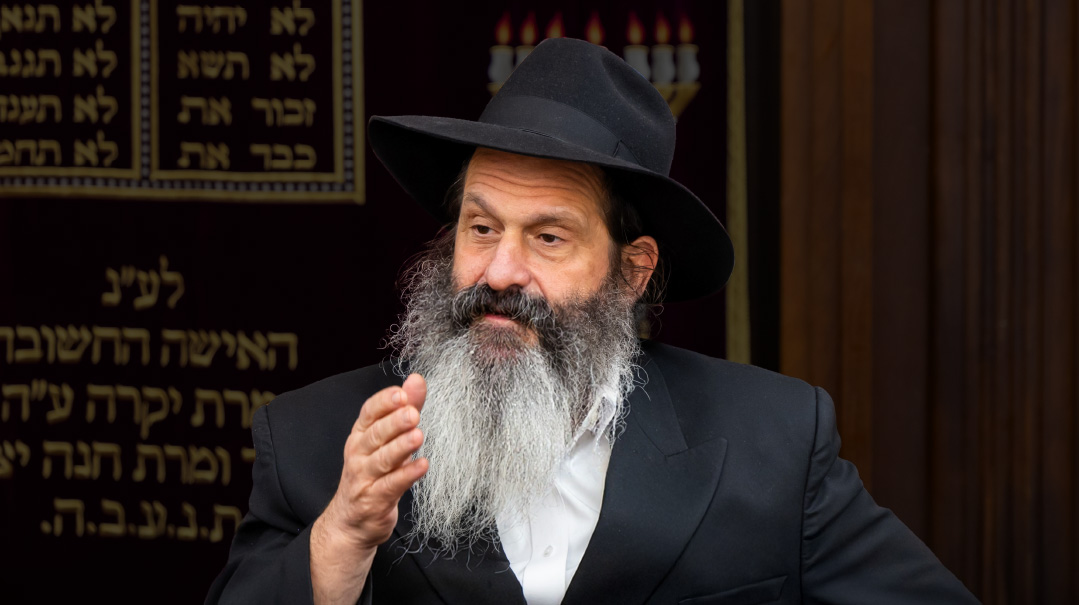Holy Wildfire

“If Hashem loves me, why am I in pain?” A rebbe’s message from the Valley of Death to a struggling generation

Photos: Eli Cobin
When the Piaseczner Rebbe buried his Warsaw Ghetto manuscripts in milk cans, he hoped they would somehow find their way to future generations. Indeed, his Aish Kodesh, published after the war, is now finding a new audience with Rabbi Meir B. Kahane’s interpretive translation, plumbing the depths of the Piaseczner Rebbe’s thoughts to answer the question, “If Hashem loves me, why am I in pain?”
“Pain may be undesirable or unpleasant, but it’s not bad,” Rabbi Meir B. Kahane states without fanfare. “In fact, people will willingly endure or even generate pain. If you knew there was gold at the top of a mountain, you would climb that mountain, with all it involved, to get it. Because you don’t really mind pain when you know that the payoff is worth it.”
It is a message that Rabbi Kahane (pronounced ka-hain) has distilled from the monumental sefer Aish Kodesh, written in the Warsaw Ghetto by the Piaseczner Rebbe, Rav Kalonymus Kalman Shapiro Hy”d, in an acclaimed new interpretative translation, A Fire in the Darkness (Menucha). This masterful guide for personal growth is based on the monumental work Aish Kodesh, which addresses the weighty issues of pain and suffering specifically in light of a good G-d. The Rebbe gives insightful and practical guidance for growth during even the most painful of times and in doing so powerfully demonstrates that there is nothing people go through that they can’t grow from — even a Holocaust.
As much as the Piaseczner Rebbe encouraged the broken, starving, despondent Jews of the ghetto, Rabbi Kahane sees the ideas of Aish Kodesh as essential for the current generation.
“The Piaseczner Rebbe talks about how you don’t have to deny your pain, and you don’t have to feel uncomfortable or ashamed that you’re in pain,” explains Rabbi Kahane. “Okay, you’re in pain. But just know that what comes out of that will make you better, and that can be a very validating feeling. Really? I’m bigger than this? If I can keep myself up, I’m going to be bigger than everything I went through?”
Rabbi Kahane is sitting in his office at the Chedvas Bais Yaakov seminary, where he serves as the menahel, in Jerusalem’s Givat Hamivtar neighborhood. Summer sun streams through the windows into the dim, empty hallways. His voice is gentle, but his tone is resolute, rising above the thrum of the air conditioner.
“There have been people struggling for many years of their lives, trying to figure out why they were going through so much hardship, thinking, ‘Why would a loving G-d hurt me this way?’ ” he says. “And once they heard these ideas, it was like a light for them. First of all, they were being validated — yes, it hurts. But pain is not a problem in and of itself. It’s pointless pain that breaks a person.”
The Piaseczner’s first sefer, Chovas HaTalmidim, has long been considered a classic in the hallowed walls of the yeshivos, but Aish Kodesh — published in 1960, long after the Rebbe was murdered al kiddush Hashem in the Trawniki death camp on 4 Cheshvan 5704/1943 — never gained the same type of renown.
“Aish Kodesh in particular is a masterpiece because, while the ideas are uniquely insightful, the way the Rebbe seems to read the soul of every conflicted person is entirely consistent with the our almost 4,000-year mesorah as it has been transmitted in the yeshivah system,” he says. “There is just so much depth and beauty here that so many people will gain from.”
Oops! We could not locate your form.







